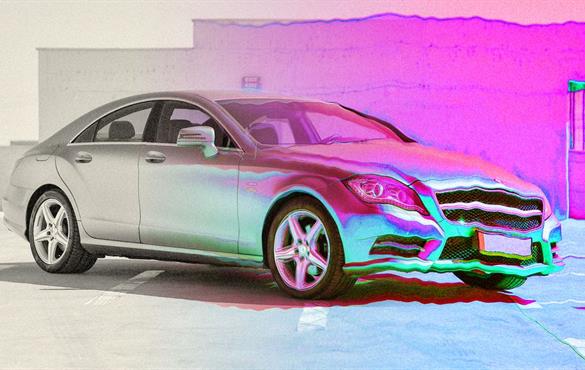In the media: Why speed matters in AV simulations
When it comes to automated vehicles, the car's ability to make decisions in real time is crucial

Simulation is a crucial tool in the development of self-driving cars, but it has constraints, especially regarding the speed at which it takes in data and makes decisions.
Why it matters: In the absence of significant amounts of data from autonomous vehicle road testing, companies like Waymo, Uber and Tesla are investing in self-driving simulations, with billions of miles in virtual simulation tested to-date.
How it works: Speed plays a critical role in simulations, because if sensing does not keep up with the rate at which events actually happen, it limits the vehicle’s ability to respond effectively to critical real-time, rate-dependent phenomena and adapt its driving pattern accordingly.
-
Additionally, if a simulation does not process an event quickly enough, it could lose track of how the consequences of key events affect future behavior, leading to a loss of fidelity in both data and control of the vehicle.
Between the lines: In a research setting, advanced cameras in vehicles with automated features typically capture images at a speed of up to 300 frames-per-second, and this speed informs simulations.
-
But cameras in anticipated road models are more likely work at just 30 frames-per-second and this 30 millisecond lag-time is significant, as it limits the ability of a vehicle to identify and respond to an event in near real-time.
-
Meanwhile, dense urban environments filled with pedestrians, unusual traffic patterns, and construction increase the amount of computation that needs to occur nearly instantaneously.
-
Additionally, as the technology in vehicles catches up to and surpasses what it is used in simulations, current simulation data might be rendered obsolete.
The bottom line: Data from varying sources, simulations included, will be crucial to getting AVs safely on the roadways — but simulation technology can improve when it comes to speed, and those improvements will yield better data and stronger AV training.




